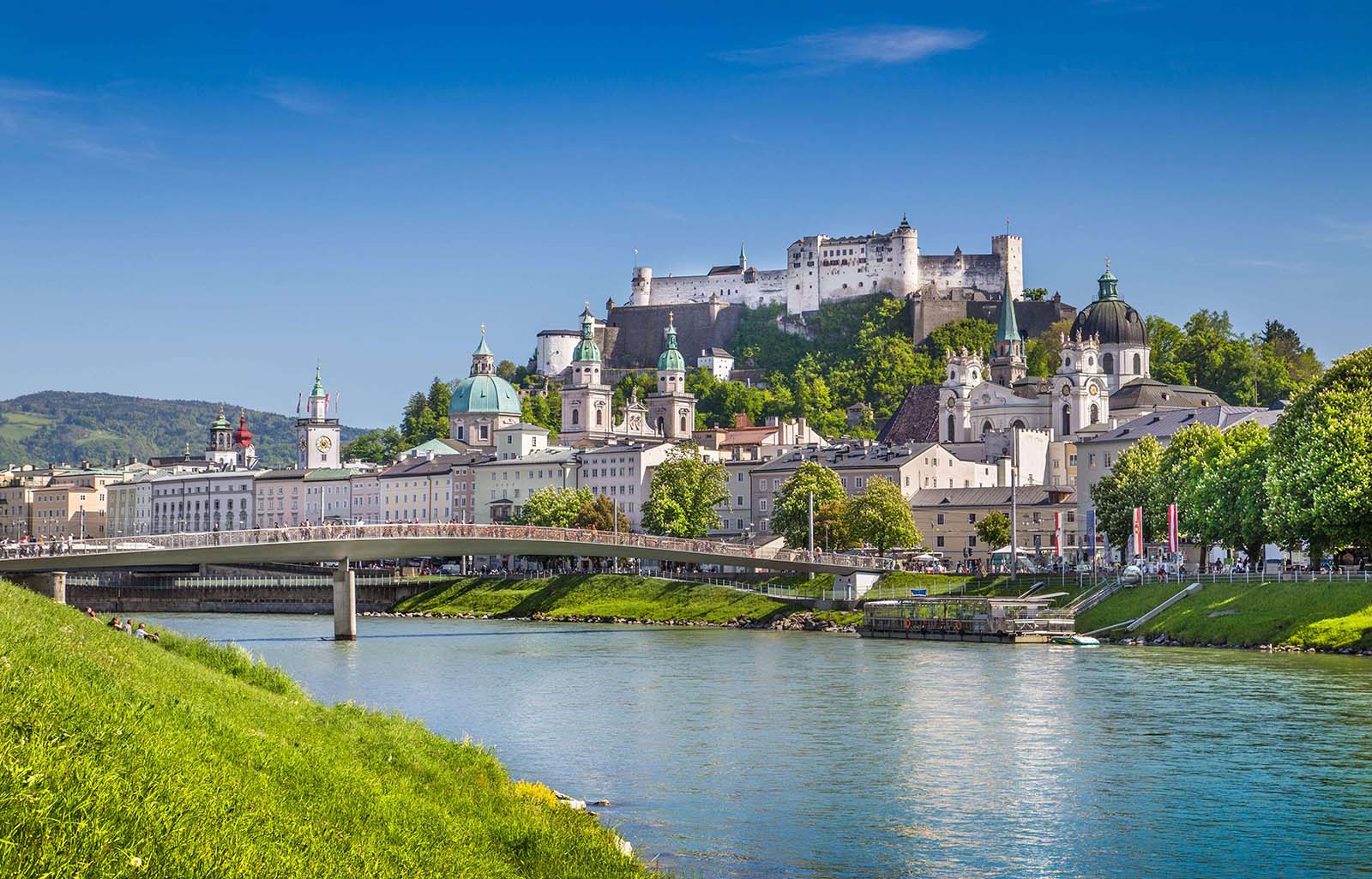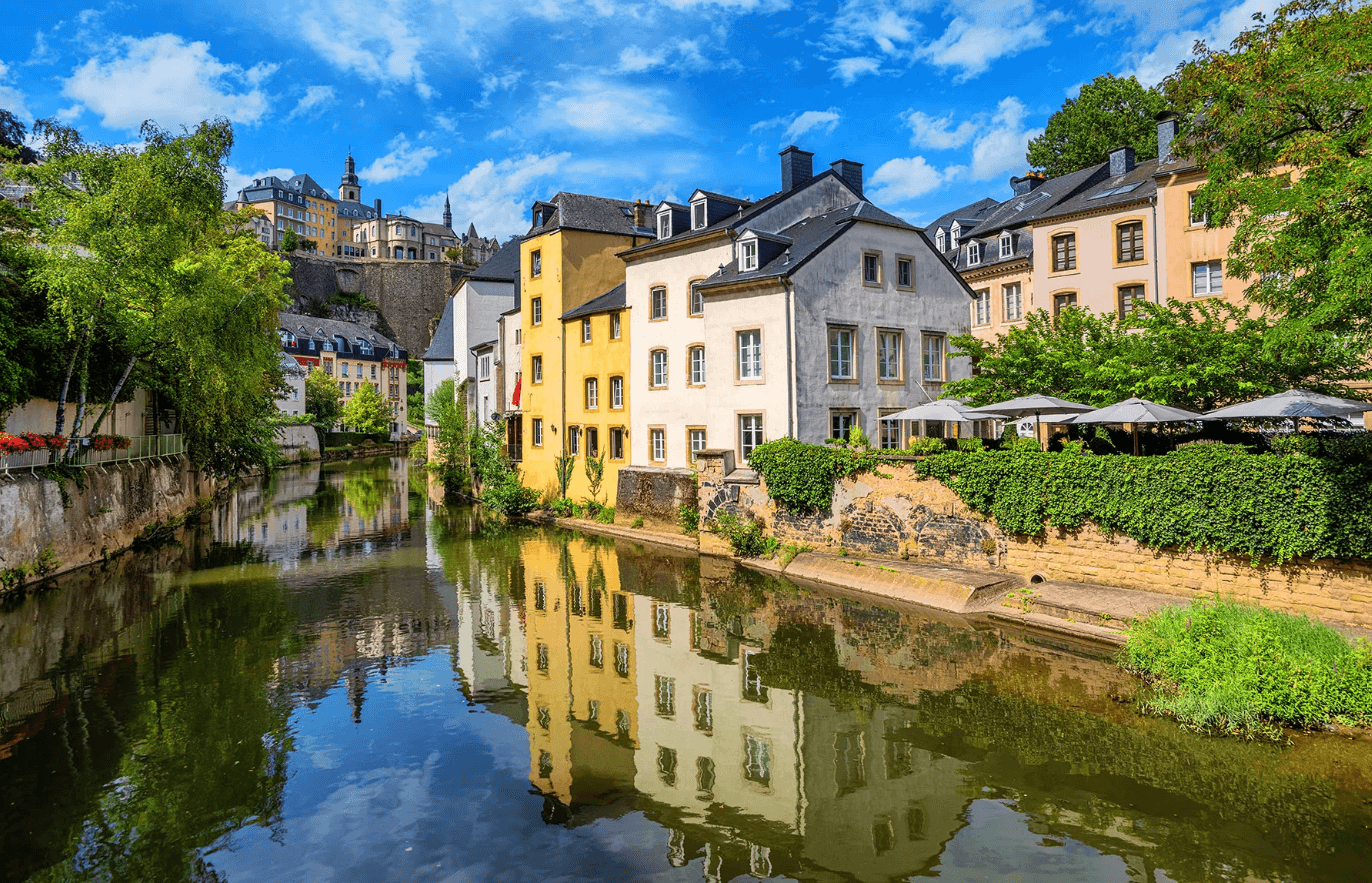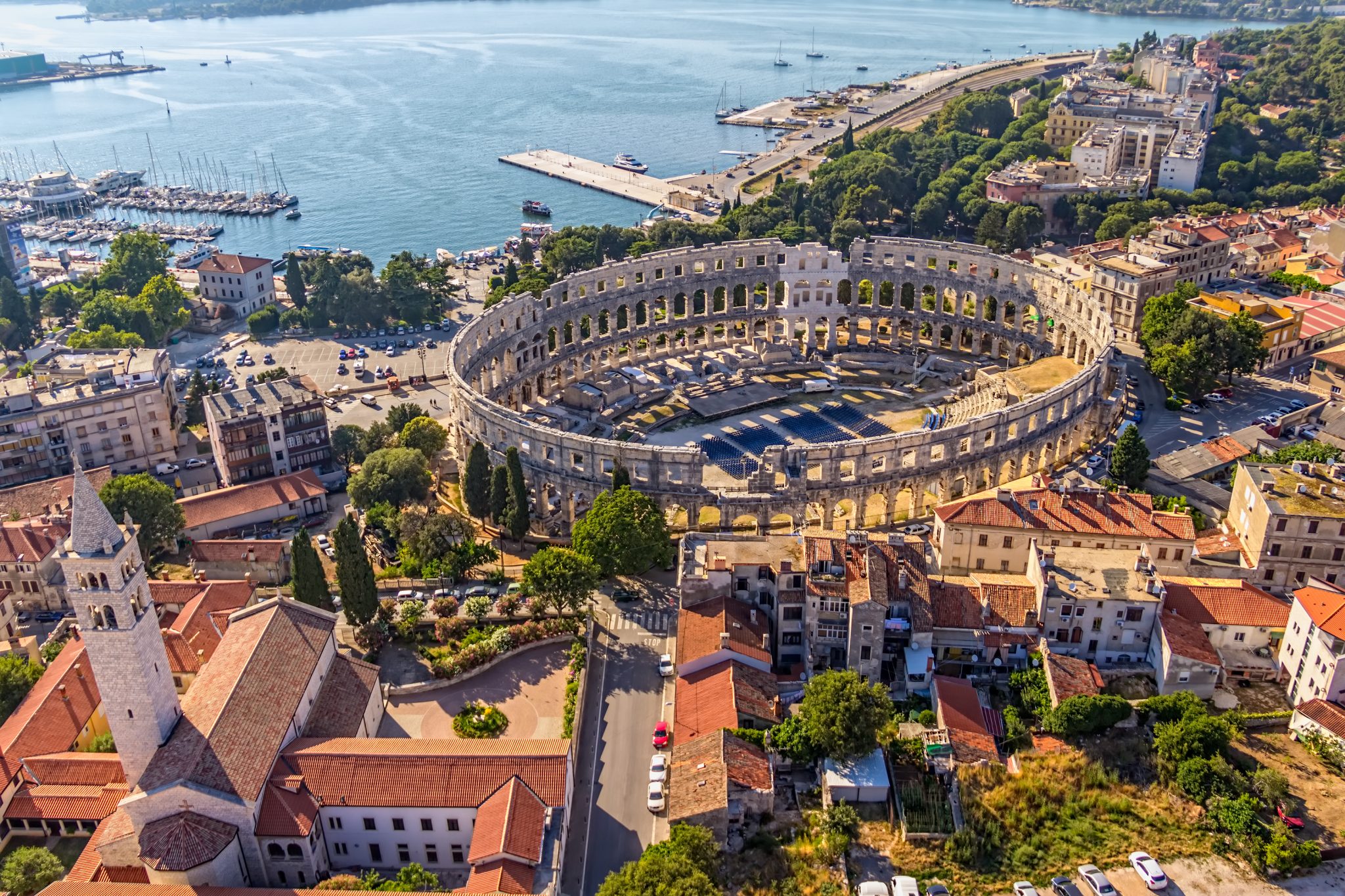European cities are great places to explore different cultures, food, and history. But, how can we make the most out of our trip? In this article, we will give you some travel tips and delve into some of the cities worth visiting for the ultimate experience.
European Trips Recommendations
The key to making the most of your trip is to pick a region and travel throughout that area. Plan your visit by region — whether Western, Eastern, or Southern Europe. This way, you can explore several countries in one go. Furthermore, larger cities are the most flexible and provide easy access to the surrounding areas. Below, you can find a few of the most spectacular European cities that are definitely worth the day trip during your stay.
Munich to Salzburg, Austria
Known as the birthplace of Mozart, Salzburg is located just on the border with Germany. You can enjoy the Baroque architecture, which looks almost identical to how it did 400 years ago. The Munich-to-Salzburg route prices begin at $27, and it’ll only take you about two hours to arrive.

A nice place to stay is Hotel Schloss Leopoldskron, and the recommended restaurant is S’Kloane Brauhaus, which serves classic Austrian cuisine. While there, you can take a ”Sound of Music” tour or visit the birthplace of Mozart.
Berlin to Szczecin, Poland
Szczecin is located just on the Poland-Germany border, is known for its gorgeous riverfront, and holds one of the biggest boating events on the continent. The bus ticket from Berlin’s central bus station to central Szczecin costs about $17, and you’ll arrive in about two hours.

The Park Hotel is a comfortable place to stay, and you can grab food at its restaurant, which offers Polish and international dishes. The Szczecin Philharmonic hosts several events that you can enjoy at any time of the year.
Paris to Luxembourg City, Luxembourg
One of the smallest European capital cities, Luxembourg City, is known as the “Gibraltar of the North.” You can take the train from Paris for $34 and arrive in two hours. If you want to stay at a cozy place, we recommend the Hotel Parc Beaux Arts, located near the Palais Grand Ducal in Luxembourg’s historical city center.

If you want to try some traditional food, the Luxembourgian fare is the place to visit. You can enjoy the Bock Casemates tunnels, running beneath the ruins of the old city fortifications.
Venice to Pula, Croatia
Pula is an ancient city full of Roman ruins. Ferries to Pula only run from April to October. During the rest of the months, Venezia Ferries or Adriatic Lines will take you across the Adriatic at $170 round-trip.

Scaletta is the perfect place for a short stay at Pula. Restaurant Oaza offers locally sourced seafood and traditional Croatian dishes. The city’s many Roman ruins — like Pula Arena, Temple of Augustus, and Triumphal Arch — should definitely be on your list of places to visit.
London to Bruges, Belgium
Bruges is a classic European medieval city, towered over by the iconic Belfry of Bruges. You can take the 3.5-hour Eurostar for about $140 and change trains in Brussels. Hotel Bla Bla may sound unusual, but it’s actually one of the coolest hotels for your stay.

Food lovers can visit Soup, which serves a menu with a surprise soup. You can also enjoy a Belgian waffle at Chez Albert. For stunning views, you can climb the Belfry, as it is the city’s most famous sight.
Scientific Roots of the Popular Playground Known as Monkey Bars
Have you ever wondered how were kids’ playground items initially created? Is there any science behind such epitomes of kids’ outdoor play, like monkey bars? Apparently, there is. This type of climbing frame was first designed by the son of a Princeton mathematician more than a century ago. So, how did the idea come to him? Scroll down for the whole story.
Monkey Bars: Creation
Like many ingenious inventions, the story of monkey bars starts simple. When Hinton was a kid, his father, a Princeton mathematician, created a bamboo structure for him and his siblings to play with. The creation, Hintton’s father thought, would help children learn more about the three-dimensional world they’re a part of.

However, as Hinton recalled later, he and his siblings were much more drawn toward the sole activity of climbing this very structure. Hinton upgraded his father’s initial creation, thus turning it into a cubic metal frame. Following how monkeys play in the wild, the creator designed the frame to look like “a forest top,” through which kids could move and play. The structure was patented in 1923, and that’s how the monkey bars were born!
The Science Behind the Ingenious Invention
Even though generations of Americans have spent their childhood climbing monkey bars, few individuals really know the science behind the invention. So, what makes them so appealing? In his first patent, Hinton commented that climbing is an integral part of locomotion, which our predecessors mastered. More recently, anthropologists have found a link between climbing and play among many primates.

Still, the invention is subjected to a heated debate about child safety. Those opposing monkey bars argue that the structure results in more injuries than any other playground feature. Hospital emergency room data reveal that falling (and other injuries) caused while playing on monkey bars and its many variations hint at how dangerous it can be.
